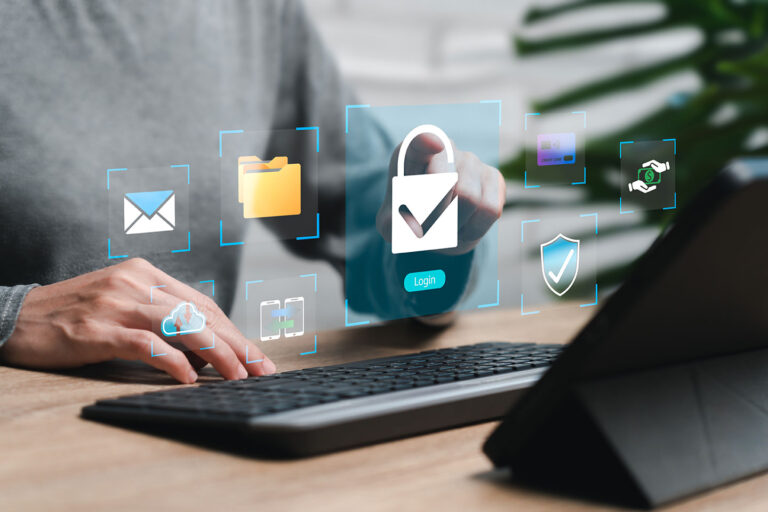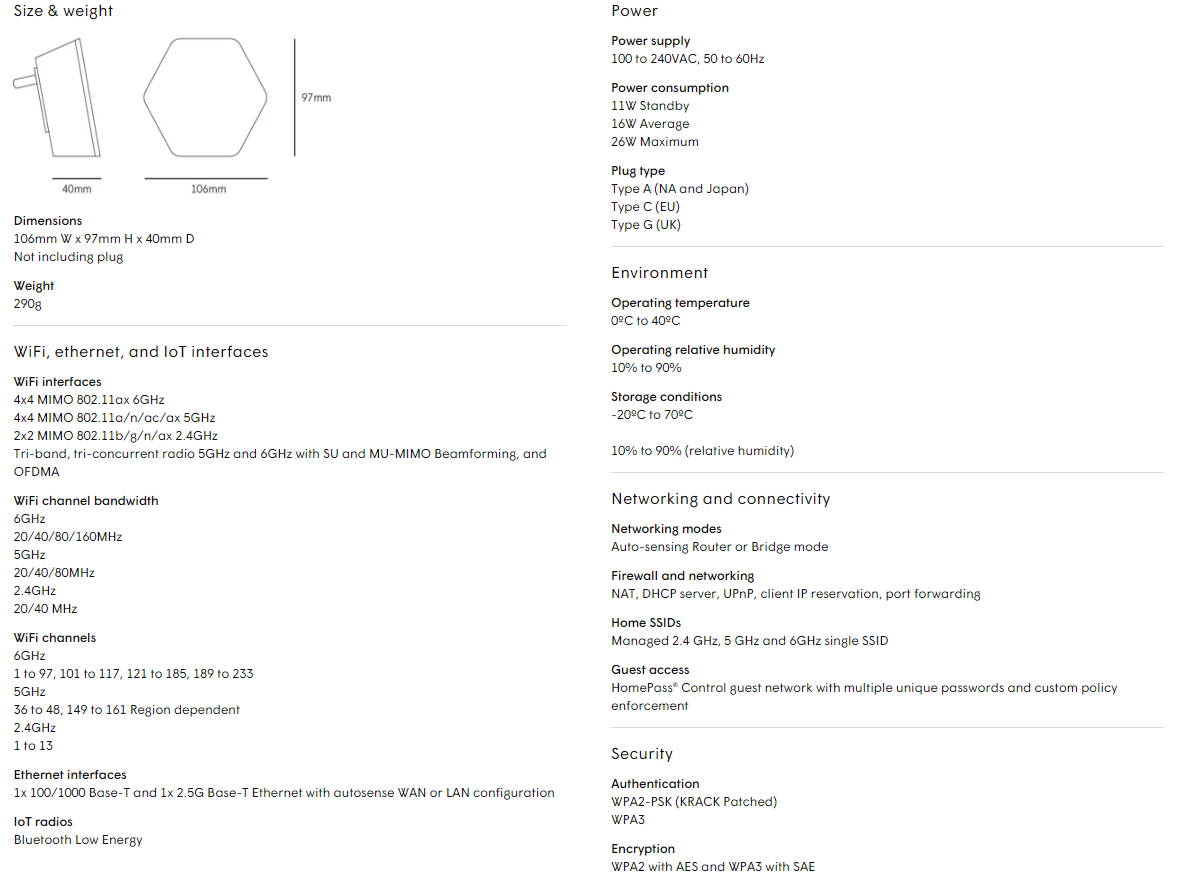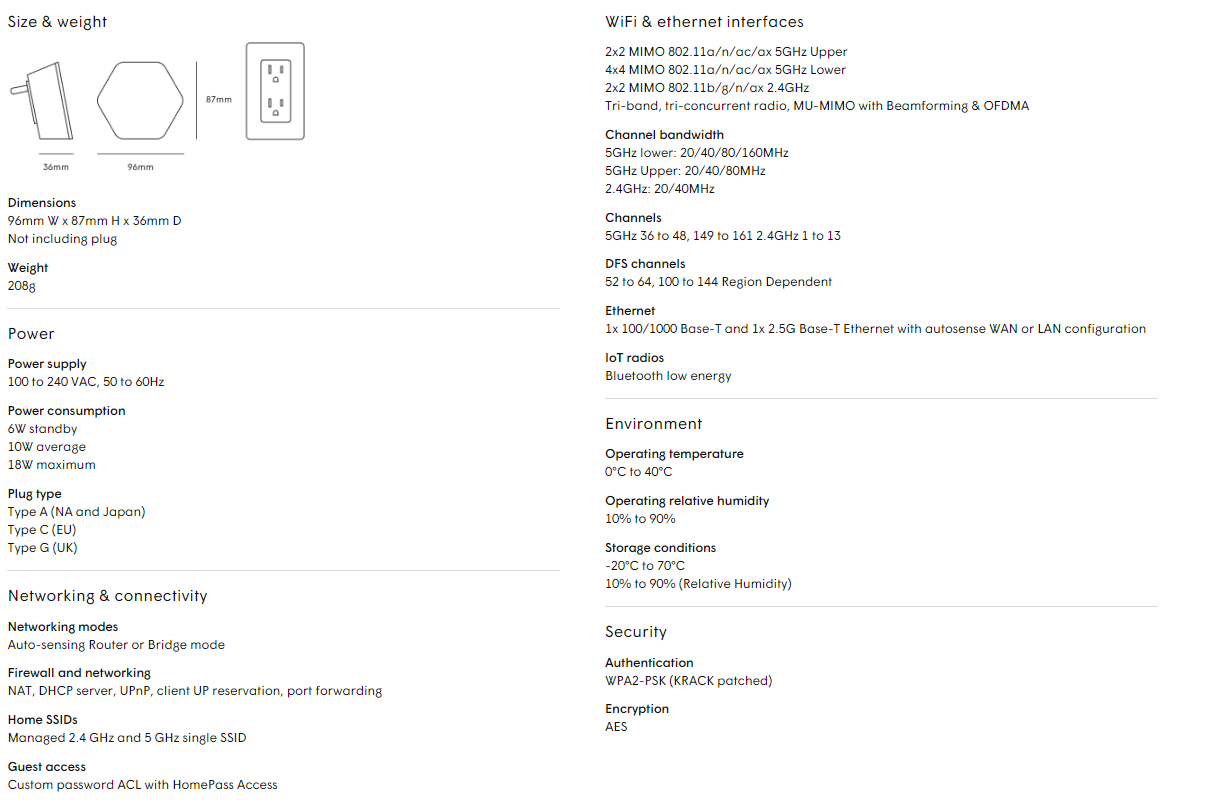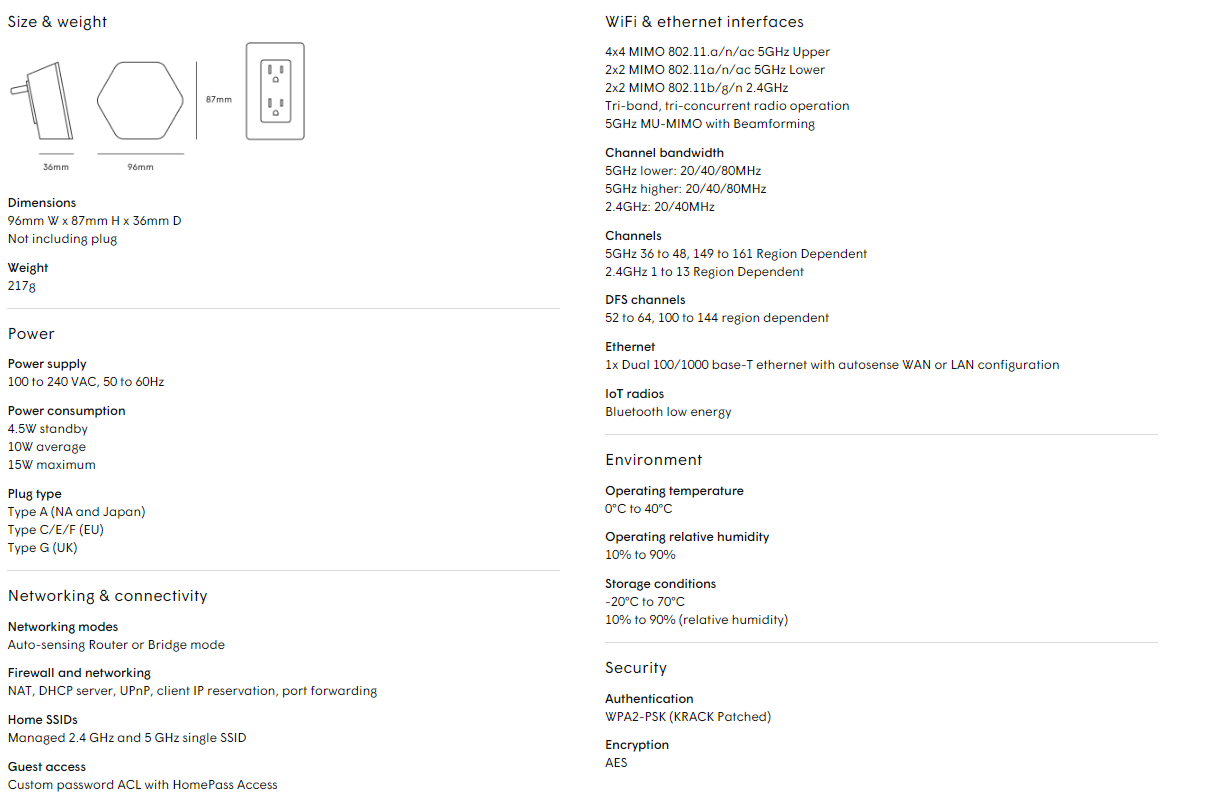Summer is here, and with it comes warmer weather, travel plans, and more time spent using our electronic devices. But with the heat and humidity of summer, it’s important to take extra precautions to keep your devices safe.
1. Give them air.
Electronic devices need to breathe, just like we do. Make sure your devices have plenty of space around them to allow for airflow. Don’t stack them on top of each other; avoid placing them in direct sunlight or near heat sources. Leave at least 2-3 inches of space around your devices to allow for proper airflow.
2. Don’t stack.
Stacking electronic devices on top of each other can block the vents and prevent them from cooling properly. This can lead to overheating, which can damage your devices.
3. Keep devices away from heat.
Avoid exposing your devices to direct sunlight or heat sources. This includes things like ovens, stoves, and fireplaces. If you’re using your devices in a hot environment, like at the beach or pool, take some extra precautions to keep them cool.
4. Clean, clean, clean.
The vents on your devices are designed to help them stay cool. If the vents are clogged with dust, dirt, or hair, the device will have a harder time cooling down and may overheat. Use a can of compressed air to clean the vents on your devices regularly.
5. Shut them down.
If your device is overheating, turn it off and disconnect it from the power source immediately. Allow the device to cool down completely before turning it back on.
6. Update your software.
Software updates often include security patches that can help protect your devices from malware. Make sure your devices are up to date with the latest software.
7. Use strong passwords.
Strong passwords can help protect your devices from unauthorized access. Use a combination of upper and lowercase letters, numbers, and symbols to create strong passwords.
8. Use two-factor authentication.
Two-factor authentication adds an extra layer of security to your devices. When you enable two-factor authentication, you will be required to enter a code from your phone in addition to your password when you log in to your account.
9. Back up your data.
It’s always a good idea to back up your data in case your devices are lost, stolen, or damaged. You can back up your data to the cloud, an external hard drive, or a USB drive.
10. Be careful with links.
Be careful what links you click on, especially if you receive them in emails or text messages from people you don’t know. These links could lead to malware or phishing attacks.
Have fun out there!








